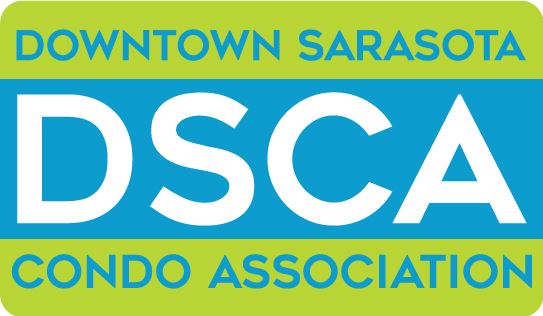-
Long before a storm is on its way, select and retain the vendors you will use for a next storm regarding such things as pumping flood water away, “mucking out” and removing debris, mold avoidance, and other actions likely to be needed. Put time on your side and establish these arrangements with vendors you might need after a storm and keep arrangements current.
-
Make sure the restoration services firm you plan to use has adequate “bandwidth” to be able to handle your needs along with other customers’ needs.
-
Have a restoration-focused engineer assess your building every year - looking for any vulnerabilities.
-
Have property documentation already prepared. Have photos of common areas. Make inventory lists of gym equipment, furniture, artwork, electronics and cabinetry; include all property and valuable items in every area that might be vulnerable to flood or wind damage. Include brand names, serial numbers, model numbers, dates of purchase, costs.
-
Get drone photos of the roof - to be able to show “before” and “after”.
-
Act immediately to address damage, especially flood-caused damage. Be able to prove that you acted as quickly as possible. If there has been mold buildup, for example, any delay in documenting, treating and reporting damage may result in loss of coverage. Flood policies usually do not cover mold, but if you act fast and document with photos and dates, and show the remedial actions you took, you may be able to collect.
-
Do not remove visible water lines before the adjuster comes. Take photos and measurements.
-
Filing of FEMA “Proof of Loss” form must happen within 120 days - not after.
-
Again - document, document, document. Take photographs, have inventory lists - be able to show “before and after” photos.
-
Have adequate storm reserves / contingency funds separate from other reserves/funds. Avoid special assessments for repairs, if possible.
-
Talk with your insurance broker about your individual HO6 assessment coverage. You may be able to make a claim.
